So far the analysis has not considered the temporal nature of tell-based visibility. As tells develop in the vertical direction, so the village is elevated, and visual experience becomes more expansive. The stratigraphic work conducted by the SRAP on a number of tells allows us to model the development of the mounds in the vertical direction, albeit rather coarsely. In conjunction with the configurable nature of the GIS, it is possible to conduct viewshed analysis from each of the cultural horizons of the settlement, or conducting what I have termed temporal viewshed analysis. To do this, each successive cultural elevation value is added to the height of the virtual viewer and viewshed analysis conducted. This analysis allows us to measure and document the development of tell-based visual experience across the life of the settlement.
The mechanics behind this process will be illustrated with reference to the tell at Vităneşti (see Fig. 8). Here, in 2000 the SRAP dug a narrow stratigraphic slot in the slope of the mound, and analysis of the soils and ceramics allowed the production of a chart depicting the successive cultural horisons as they relate to the local culture-historical scheme. Assuming that the accumulation uncovered in the side of the tell was mirrored across the rest of the mound, the stratigraphic sequence was extrapolated into the centre of the tell, to produce a series of cultural elevations at the tell apex. This was done not only in order to adhere to the methodology of conducting viewshed analysis from the centre of the tells but also to be conducive to maximum differentiation in the final viewsheds. Along with the analysis for the respective cultural layers, viewsheds were also conducted from additional horizons, such as the first occupation levels and the modern surface of the monument.

Figure 8: Idealised model of tell development for Vităneşti tell
In the absence of good radiocarbon dating control for the tell stratigraphies so far investigated, conducting analysis from the cultural, ceramic horizons has been deemed a good compromise. This methodology also facilitates comparisons with contemporary horizons at neighbouring tells.
Figure 9 shows the temporal development visibility from Vităneşti tell, with reference to the Higuchi viewshed. Figure 10 shows this sequence as an animated sequence.
Figure 9: Diachronic Higuchi viewshed analysis from Vităneşti tell
 |
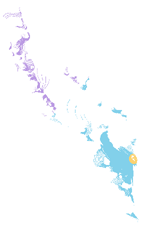 |
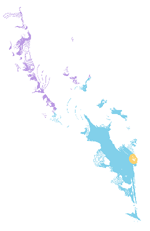 |
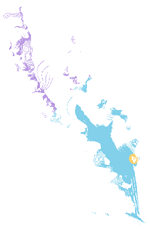 |
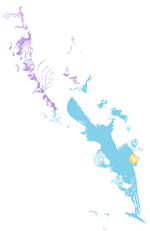 |
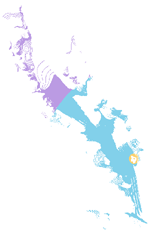 |
| a. Higuchi bands | b. Base viewshed | c. Gumelniţa A1 viewshed | d. Gumelniţa A2 viewshed | e. Gumelniţa B1 viewshed | f. Modern viewshed |
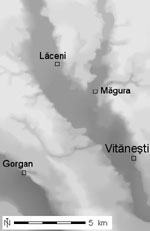 |
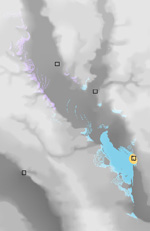 |
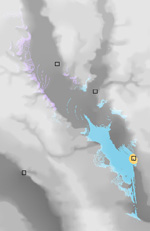 |
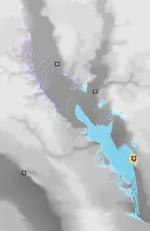 |
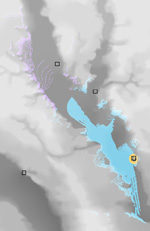 |
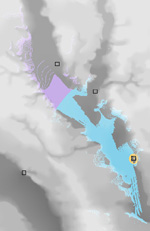 |
| a. DEM of locale | b. Basal viewshed overlaid | c. Gumelniţa A1 overlaid | d. Gumelniţa A2 overlaid | e. Gumelniţa B1 overlaid | f. Modern viewshed |
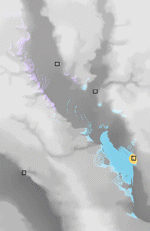
Figure 10: Diachronic Higuchi viewshed analysis from Vităneşti tell. Analytical contexts:
First occupation (proto Gumelniţa); Gumelniţa A1; Gumelniţa A2; Gumelniţa B1;
Modern
© Internet Archaeology
URL: http://intarch.ac.uk/journal/issue16/7/8.2.html
Last updated: Thur Nov 11 2004